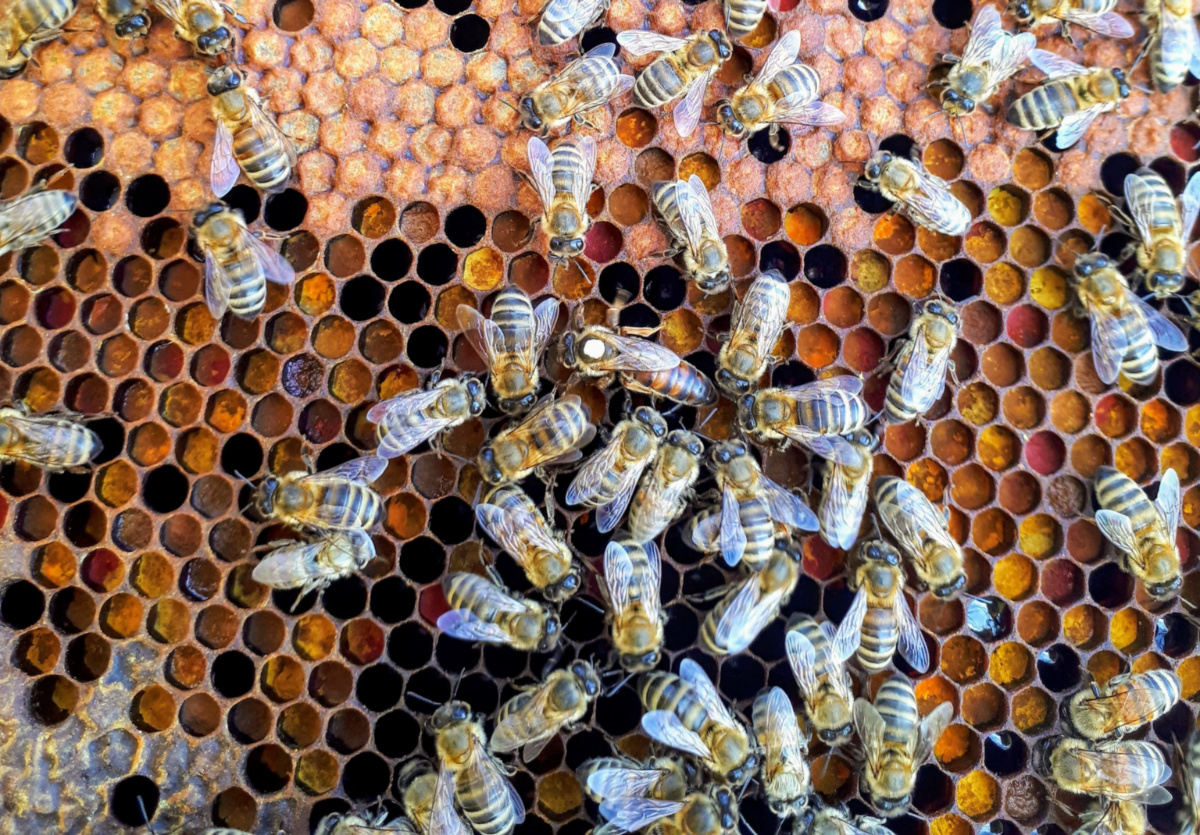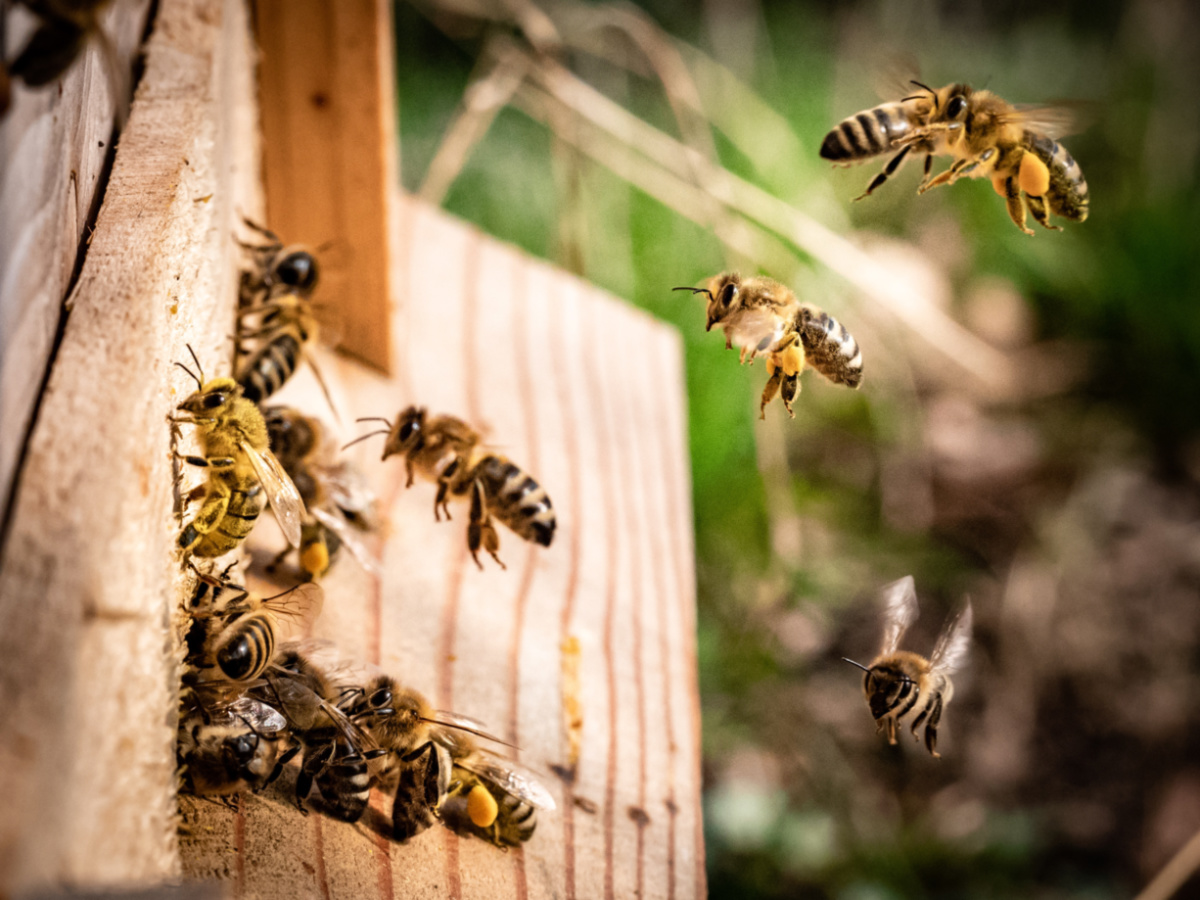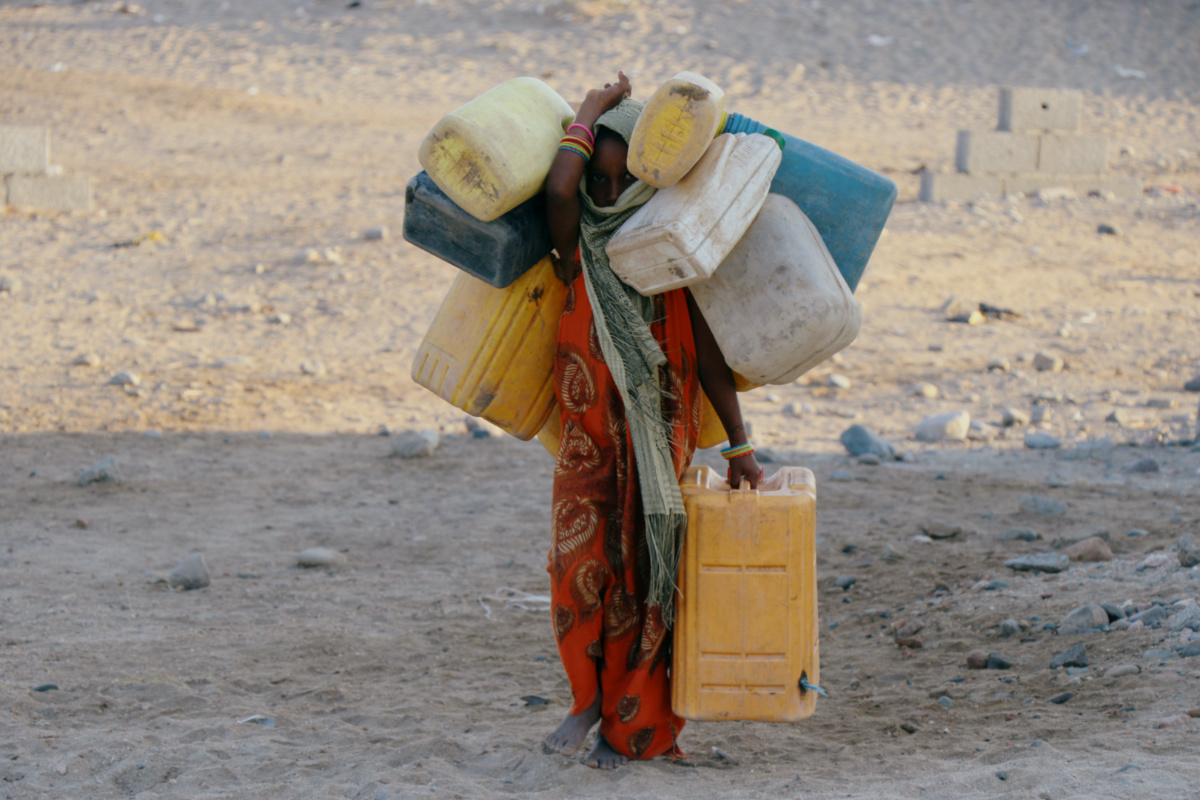
MAYA GEBEILY, of Thomson Reuters Foundation, reports on how bee-keepers in war-torn Yemen are facing growing threats from the impacts of climate change…
Beirut, Lebanon
Thomson Reuters Foundation
After driving for days on the rough roads of southern Yemen, Radwan Hizam finally reached the idyllic spot where he hoped his bees could feed from flowering Sidr trees to produce their world-renowned honey. But he was too late.
Unseasonal rains meant the Sidr trees had flowered early and their pale yellow petals had fallen away long before Hizam had unloaded his hives – leaving his bees hungry and decimating his annual production of Sidr honey.
Hizam said climate change was to blame.
“It was a huge loss,” he told the Thomson Reuters Foundation, estimating that he had missed out on more than three-quarters of his expected honey output because of the flowering flop.
“Beekeeping is a family business, our main source of income, and a part of Yemen’s culture. But it’s being threatened by climate change,” Hizam, 45, said from his home province of Taez in south-western Yemen.

A picture of bees in a hive (not in Yemen). PICTURE: Boba Jalicic/Unsplash
War-torn Yemen has had its troubles compounded in recent years by recurrent droughts, increasing numbers of extremely hot days and more volatile rainfall – all prompted by climate change, according to its Environmental Protection Agency.
The impoverished Arabian Peninsula country experienced a 29 per cent increase in rainfall over the last 30 years and a rise of more than 0.5 degree Celsius in average temperatures, according to a 2015 analysis by the Climate Service Center Germany.
“Farmers and beekeepers used to have a traditional method of warning each other when a flood was coming in, which was to shoot into the air in particular patterns. But now the floods are too sudden for them to have enough time to warn each other.”
– Fuad Ali, the head of the UNDP’s Economic Development Unit in the city of Sanaa.
That is hurting one of the country’s most precious commodities: Sidr honey, which is produced by bees feeding off the nectar of the ancient tree, also known as the jujube.
Sidr honey is prized for its health benefits and sells outside Yemen for about $US75 per 250g (2.6 ounces).
Typically, beekeepers from around Yemen transport their hives by truck to Sidr groves for the annual flowering season, which lasts about a month.
But unseasonal rains caused by climate change are throwing off flowering seasons and threatening the livelihoods of Yemen’s 100,000 beekeeping households, said a 2020 United Nations Development Programme report on Yemeni honey production.
Trees either bloom earlier than usual or unexpected downpours knock Sidr flowers off the branches before bees can get to their nectar.
Flash floods are also slashing honey production, said Fuad Ali, the head of the UNDP’s Economic Development Unit in the city of Sanaa.
“Farmers and beekeepers used to have a traditional method of warning each other when a flood was coming in, which was to shoot into the air in particular patterns. But now the floods are too sudden for them to have enough time to warn each other,” he said.
Flash flooding across seven provinces – or governorates – in 2016 wiped out many beehives, said Abdullah Nasher, the head of Yemen’s Beekeeping Association.
Droughts during the winter in northern Yemen hurt beekeepers there, too.
“This disorients the beekeepers; they lose out on the season in its entirety and on their production,” Nasher said.

Bees interacting at a hive (not in Yemen). PICTURE: Kai Wenzel/Unsplash
The losses are steep, particularly as transport for nomadic beekeepers has become both risky and expensive due to the conflict that has been raging across Yemen since 2015.
Last year, Mohammad Aqari paid about $US300 to hire labourers, a truck driver and a guide to transport his bees from his home province of Hujjah to a high-quality feeding ground in an area affected by the conflict.
“When we got there, the Sidr trees were doing well and the bees began gathering nectar. A few days later, the weather changed suddenly from mild to cold, and the rain started,” said Aqari, 40, who leads Hujjah’s Beekeeper Collective.
“The bees could no longer find any nectar in the flowers, so to stay alive they had to eat their own honey. When I checked the honeycombs, they were all empty,” Aqari said.
Aqari lost out on $US1,000 of his expected $US6,000 earnings for the season, but others in Hujjah lost five times as much, he added.
Climate modelling suggests the situation could get worse.
Heavy rain events are likely to become both more intense and more frequent in Yemen by 2030, according to projections by the Climate Service Center Germany.
By 2085, Yemen could see its heavy rain events become 33 per cent more intense and as much as 139 per cent more frequent, it said.
But climate adaptation interventions have been difficult, specialists say, partly because rival authorities control different Yemeni governorates – complicating nationwide data collection.
“You need historical climate data, and even if you have data you don’t know if it’s reliable or not,” said the UN Environment Programme’s West Asia office, which covers Yemen.

A girl carries jerry cans to fill them up with drinking water at a camp sheltering displaced people from the Red Sea port city of Hodeidah near Aden, Yemen on 12th November, 2018. PICTURE: REUTERS/Fawaz Salman/File photo.
The conflict has also diverted most foreign help towards urgent humanitarian aid.
The Netherlands’ foreign office, for instance, said it had to redirect funding from several climate-related projects in Yemen in 2018 to support emergency humanitarian needs.
And while some foreign and domestic development initiatives have tried to support beekeepers, they have focused on distributing hives or marketing the honey – not on making the sector resistant to adverse climate shifts, Nasher said.
As the poorest and most water-insecure country in the Middle East and North Africa, Yemen has been left without the tools to face the volatility to come, analysts said.
“Even though its own [CO2] emissions are low, its farmers and beekeepers are among the most affected and the least prepared for climate change,” said the UNDP’s Ali.
Aqari said he feared he may not be able to pass his passion onto the next generation as climate threats increase.
“This profession runs through our veins, and I couldn’t leave my children in this life without teaching them,” he said. “Bees are part of my life.”





